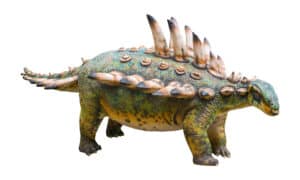Blue Whale vs Dinosaurs: Who’s Bigger?
@media (min-width: 481px) {
.mobile-top-content {
display: none;
}
}
#mobileTopContentCTACarouselControls { overflow: hidden; text-overflow: ellipsis; white-space: nowrap; }
.mobile-top-content .more { color: #fff; }
.mobile-top-content a { color: #fff; text-decoration: underline; }
.mobile-top-content a:hover { color: #fff; text-decoration: underline; }
@media (max-width: 480px) {
.mobile-top-content {
background-color: #06a10b;
color: #fff;
text-align: center;
/*height: 60px;
padding-top:5px;*/
font-size:80%;
/* display: block; */
margin: 0px -30px;
}
}
We all know that blue whales are large, but how do the sizes of the blue whale vs dinosaurs compare? While these creatures did not exist on planet Earth at the same time as one another, they share many things in common. But which creature is larger, and just how much more did dinosaurs weigh compared to the average blue whale?
In this article, we will compare and contrast the size of the blue whale with the size of various dinosaurs that were once roaming our planet. We will address their weight differences, their dietary preferences, as well as how their sizes compare to modern-day objects. Hopefully this will give you some perspective in terms of just how big these creatures were and currently are!
Comparing Blue Whale vs Dinosaurs
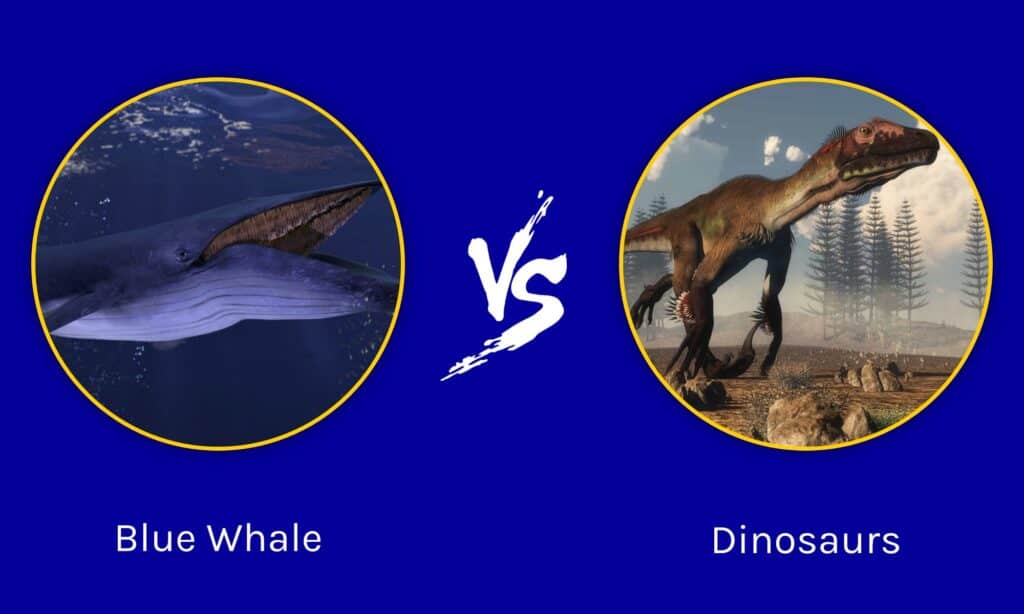
A-Z-Animals.com
| Blue Whale | Dinosaurs | |
|---|---|---|
| Length | 80-100 feet long | 100-125 feet long |
| Height | 15 feet tall | 20-60 feet tall |
| Weight | 100-110 tons | 500-40,000 tons |
| Diet | Krill, plankton, crustaceans, and fish | Vegetation or other animals, depending on species |
| Predators | Humans, killer whales | Other dinosaurs |
| Size Comparisons | 2 and a half school buses long, and 4-5 buses in weight! | Four times as heavy as the Eiffel Tower! |
Key Differences Between Blue Whale vs Dinosaurs
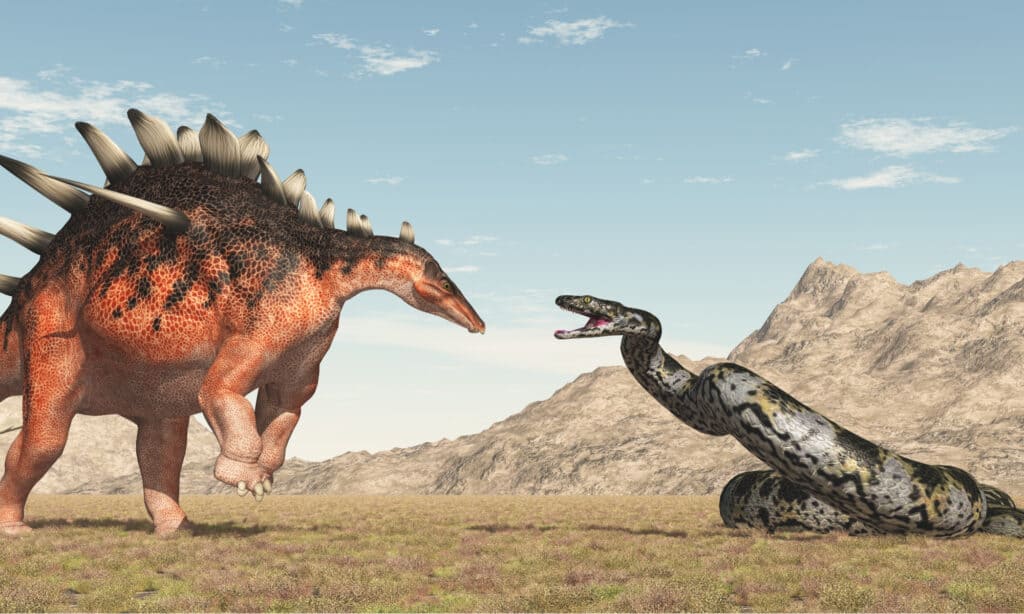
Michael Rosskothen/Shutterstock.com
There are a number of key differences between the size of the blue whale and the size of the majority of dinosaurs found in our prehistoric era. For example, a great number of dinosaurs were much larger and heavier compared to the average blue whale. In addition, the dietary preferences of many different dinosaurs vary greatly compared to the simplistic diet of the blue whale.
But you are here to learn specifically just how large dinosaurs are compared to the average blue whale. Let’s take a closer look at all of these figures in more detail now.
Blue Whale vs Dinosaurs: Length and Height

Danny Sullivan/Shutterstock.com
You may already be aware of the fact that the blue whale is one of the largest living creatures ever to exist, but what about the average size of prehistoric dinosaurs and other creatures? Back in the day, a great number of dinosaurs roamed the Earth, and there were a number of them that were far larger than the average blue whale that exists today.
Depending on the specific dinosaur, they ranged in length from 100 to 125 feet long at a maximum, while the blue whale only reaches 80 to 100 feet long on average. In addition, dinosaurs grew much taller than blue whales, given their terrestrial lifestyles and need to reach tall trees and branches. Depending on the dinosaur, they ranged in height from 20 to 60 feet tall, while the average blue whale is only 15 feet tall.
Blue Whale vs Dinosaurs: Weight
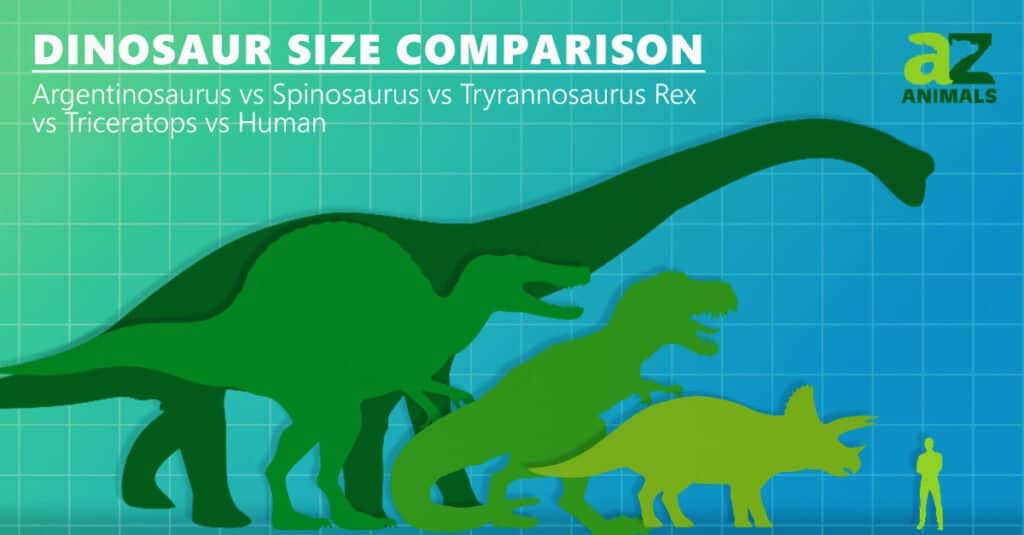
A-Z-Animals.com
While no one would deny the fact that the blue whale is an extraordinarily heavy animal, dinosaurs still take the cake in this competition. The average blue whale weighs anywhere from 100 to just over 110 tons, which is roughly 200,000 pounds. However, some of the largest species of dinosaurs weighed as much as 44,000 tons, not pounds. This is a mind-boggling number!
Given the fact that there are many different species of dinosaurs, some that we haven’t even discovered yet, it would only make sense that there are some that weigh significantly more than the blue whale. However, we have just barely scratched the surface of these long-past giants, and the blue whale still weighs an awe-inspiring amount.
Blue Whale vs Dinosaurs: Diet
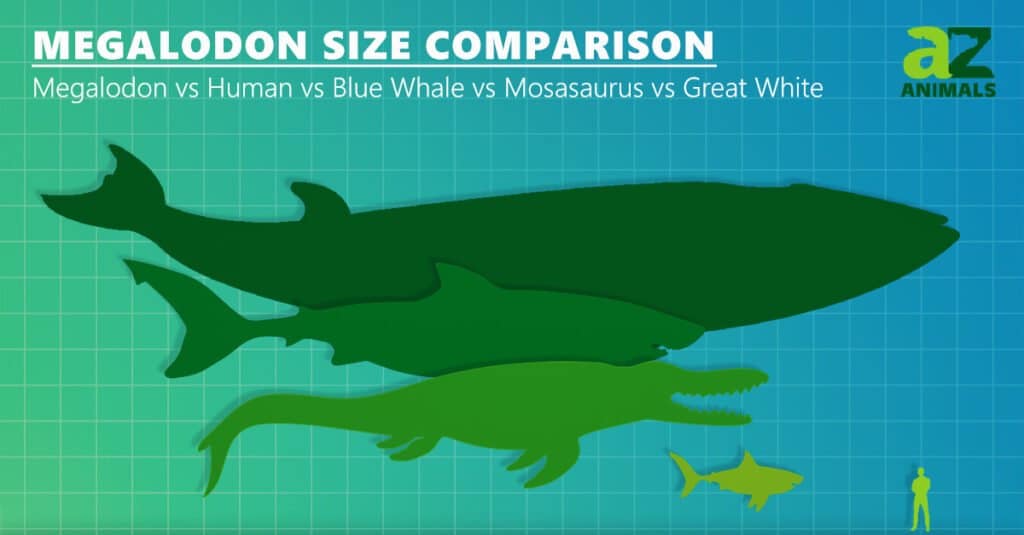
A-Z-Animals.com
There’s something about the sizes of these creatures that makes you ask: what exactly are blue whales and dinosaurs eating to get this big? While the answer may surprise you, both the blue whale and a number of large dinosaurs consume vegetation or crustaceans rather than leading carnivorous diets. Let’s talk more about what dinosaurs and blue whales eat in more detail now.
The blue whale eats krill, plankton, and a variety of other crustaceans as the main parts of its diet, while dinosaurs consumed either vegetation or other animals, depending on the species. No matter what, both of these creatures needed to eat an extremely large amount in order to live. For example, many dinosaurs needed at least one ton of food per day, if not far more, while the average blue whale eats roughly 16 tons of food a day.
Blue Whale vs Dinosaurs: Predators

iStock.com/dottedhippo
Something interesting to note about both blue whales and dinosaurs is the fact that they have very few natural predators. Back in our prehistoric era, the only real threat to dinosaurs was other dinosaurs, while blue whales face threats from human populations and very few other adverse situations.
However, both dinosaurs and blue whales are threatened at a young age compared to when they reach adulthood. This is because of their sheer size almost exclusively, as young blue whales and dinosaurs are small enough to be targeted by other predators. For example, young blue whales are frequently prey for orcas or killer whales, while young dinosaurs were targeted by carnivorous dinosaurs.
Blue Whale vs Dinosaurs: Size Comparisons

Andrew Sutton/Shutterstock.com
When it comes to comparing the sizes of both the blue whale and a variety of large dinosaurs, what can we even use to fathom their heights and weights? The blue whale reaches an average of 2 and a half school buses in length, while the largest of the large dinosaurs was four times as heavy as the Eiffel tower.
This is only a single size comparison for both of these titanic creatures, and it is likely not enough to give you the full scope just how large these beings were. Check out our article all about the top 10 world’s largest dinosaurs by clicking here! This will also give you some perspective as to just how large dinosaurs were in comparison to blue whales.
More from A-Z Animals
.more-snake-card-image { max-height:140px !important; }
@media (min-width: 481px) {
.mobile-top-content {
display: none;
}
}
#mobileTopContentCTACarouselControls { overflow: hidden; text-overflow: ellipsis; white-space: nowrap; }
.mobile-top-content .more { color: #fff; }
.mobile-top-content a { color: #fff; text-decoration: underline; }
.mobile-top-content a:hover { color: #fff; text-decoration: underline; }
@media (max-width: 480px) {
.mobile-top-content {
background-color: #06a10b;
color: #fff;
text-align: center;
/*height: 60px;
padding-top:5px;*/
font-size:80%;
/* display: block; */
margin: 0px -30px;
}
}
We all know that blue whales are large, but how do the sizes of the blue whale vs dinosaurs compare? While these creatures did not exist on planet Earth at the same time as one another, they share many things in common. But which creature is larger, and just how much more did dinosaurs weigh compared to the average blue whale?
In this article, we will compare and contrast the size of the blue whale with the size of various dinosaurs that were once roaming our planet. We will address their weight differences, their dietary preferences, as well as how their sizes compare to modern-day objects. Hopefully this will give you some perspective in terms of just how big these creatures were and currently are!
Comparing Blue Whale vs Dinosaurs

A-Z-Animals.com
| Blue Whale | Dinosaurs | |
|---|---|---|
| Length | 80-100 feet long | 100-125 feet long |
| Height | 15 feet tall | 20-60 feet tall |
| Weight | 100-110 tons | 500-40,000 tons |
| Diet | Krill, plankton, crustaceans, and fish | Vegetation or other animals, depending on species |
| Predators | Humans, killer whales | Other dinosaurs |
| Size Comparisons | 2 and a half school buses long, and 4-5 buses in weight! | Four times as heavy as the Eiffel Tower! |
Key Differences Between Blue Whale vs Dinosaurs

Michael Rosskothen/Shutterstock.com
There are a number of key differences between the size of the blue whale and the size of the majority of dinosaurs found in our prehistoric era. For example, a great number of dinosaurs were much larger and heavier compared to the average blue whale. In addition, the dietary preferences of many different dinosaurs vary greatly compared to the simplistic diet of the blue whale.
But you are here to learn specifically just how large dinosaurs are compared to the average blue whale. Let’s take a closer look at all of these figures in more detail now.
Blue Whale vs Dinosaurs: Length and Height

Danny Sullivan/Shutterstock.com
You may already be aware of the fact that the blue whale is one of the largest living creatures ever to exist, but what about the average size of prehistoric dinosaurs and other creatures? Back in the day, a great number of dinosaurs roamed the Earth, and there were a number of them that were far larger than the average blue whale that exists today.
Depending on the specific dinosaur, they ranged in length from 100 to 125 feet long at a maximum, while the blue whale only reaches 80 to 100 feet long on average. In addition, dinosaurs grew much taller than blue whales, given their terrestrial lifestyles and need to reach tall trees and branches. Depending on the dinosaur, they ranged in height from 20 to 60 feet tall, while the average blue whale is only 15 feet tall.
Blue Whale vs Dinosaurs: Weight

A-Z-Animals.com
While no one would deny the fact that the blue whale is an extraordinarily heavy animal, dinosaurs still take the cake in this competition. The average blue whale weighs anywhere from 100 to just over 110 tons, which is roughly 200,000 pounds. However, some of the largest species of dinosaurs weighed as much as 44,000 tons, not pounds. This is a mind-boggling number!
Given the fact that there are many different species of dinosaurs, some that we haven’t even discovered yet, it would only make sense that there are some that weigh significantly more than the blue whale. However, we have just barely scratched the surface of these long-past giants, and the blue whale still weighs an awe-inspiring amount.
Blue Whale vs Dinosaurs: Diet

A-Z-Animals.com
There’s something about the sizes of these creatures that makes you ask: what exactly are blue whales and dinosaurs eating to get this big? While the answer may surprise you, both the blue whale and a number of large dinosaurs consume vegetation or crustaceans rather than leading carnivorous diets. Let’s talk more about what dinosaurs and blue whales eat in more detail now.
The blue whale eats krill, plankton, and a variety of other crustaceans as the main parts of its diet, while dinosaurs consumed either vegetation or other animals, depending on the species. No matter what, both of these creatures needed to eat an extremely large amount in order to live. For example, many dinosaurs needed at least one ton of food per day, if not far more, while the average blue whale eats roughly 16 tons of food a day.
Blue Whale vs Dinosaurs: Predators

iStock.com/dottedhippo
Something interesting to note about both blue whales and dinosaurs is the fact that they have very few natural predators. Back in our prehistoric era, the only real threat to dinosaurs was other dinosaurs, while blue whales face threats from human populations and very few other adverse situations.
However, both dinosaurs and blue whales are threatened at a young age compared to when they reach adulthood. This is because of their sheer size almost exclusively, as young blue whales and dinosaurs are small enough to be targeted by other predators. For example, young blue whales are frequently prey for orcas or killer whales, while young dinosaurs were targeted by carnivorous dinosaurs.
Blue Whale vs Dinosaurs: Size Comparisons

Andrew Sutton/Shutterstock.com
When it comes to comparing the sizes of both the blue whale and a variety of large dinosaurs, what can we even use to fathom their heights and weights? The blue whale reaches an average of 2 and a half school buses in length, while the largest of the large dinosaurs was four times as heavy as the Eiffel tower.
This is only a single size comparison for both of these titanic creatures, and it is likely not enough to give you the full scope just how large these beings were. Check out our article all about the top 10 world’s largest dinosaurs by clicking here! This will also give you some perspective as to just how large dinosaurs were in comparison to blue whales.

